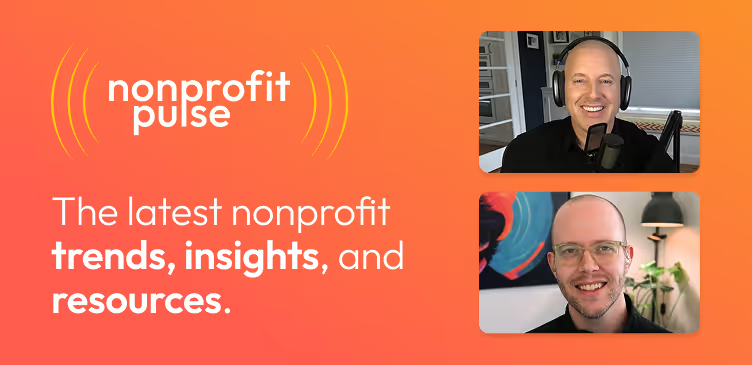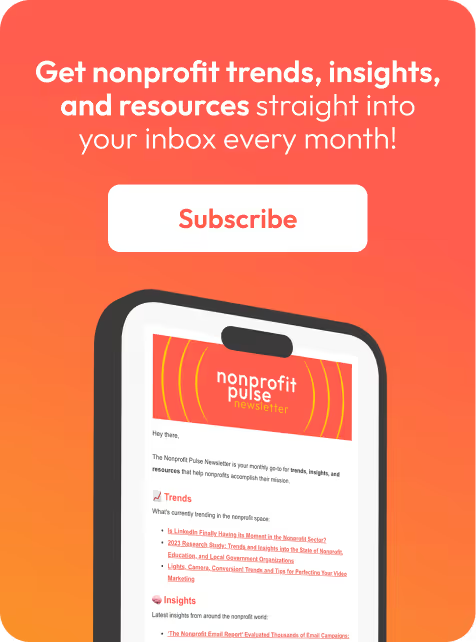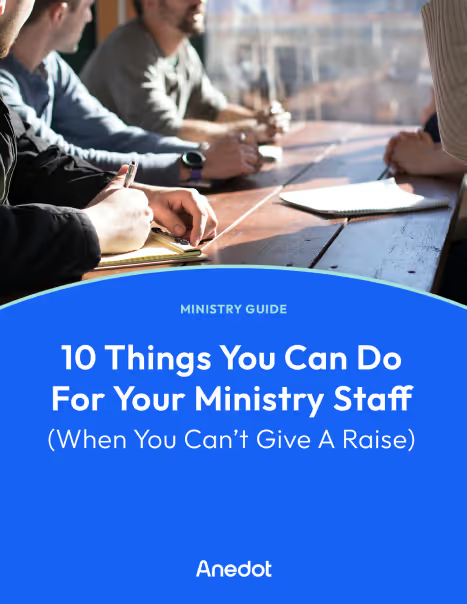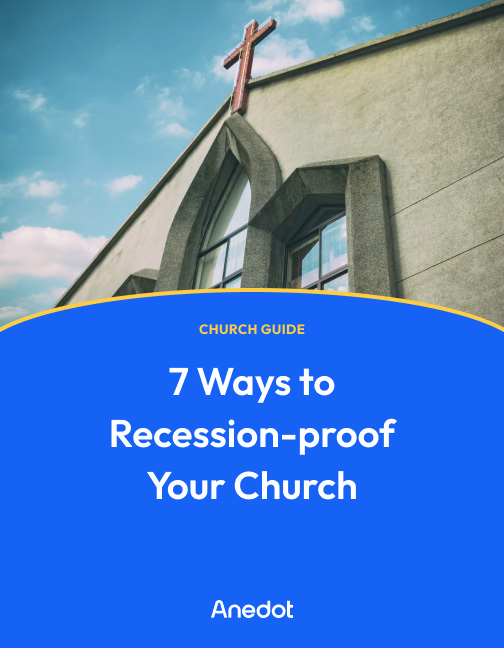As a nonprofit organization, maximizing your online visibility is crucial for reaching your target audience and achieving your goals.
A well-executed Search Engine Optimization (SEO) strategy can be a game-changer, driving more traffic to your website, increasing donations, and boosting volunteer engagement.
In this comprehensive guide, we'll walk you through the essential steps to master SEO for nonprofits and outperform your competitors.
Keyword research: the foundation of your SEO strategy

Identifying your target keywords
Begin by discovering the keywords and phrases your target audience is using to find information related to your cause.
Tools like Google's Keyword Planner, SEMrush, and Ahrefs' Keywords Explorer can assist in this process.
Focus on a mix of short-tail (e.g., "animal shelter") and long-tail (e.g., "how to volunteer at an animal shelter") keywords to diversify your reach.
Analyzing keyword competition
Evaluate the competitiveness of your chosen keywords by analyzing the top-ranking pages for each term.
Look for opportunities where you can create better, more informative content to outrank your competition.
Organizing keywords for content creation
Group your keywords into topic clusters to streamline your content creation process.
This approach ensures your content is well-structured and interconnected, resulting in an improved user experience and higher search rankings.
On-page optimization: crafting the perfect content

Crafting engaging and informative content
Develop content that is relevant, engaging, and informative.
Strive to create content that addresses your audience's needs and questions while showcasing your organization's expertise and values.
Optimizing metadata
Optimize your page titles, meta descriptions, and URLs to include your target keywords.
This ensures search engines and users understand the content of your pages, improving click-through rates and search rankings.
Using header tags effectively
Structure your content using header tags (H1, H2, H3, etc.) to make it easier for both users and search engines to navigate.
Include relevant keywords in your headers to emphasize their importance.
Enhancing content with visuals
Incorporate images, videos, and infographics to supplement your content and improve user engagement.
Optimize your visuals by compressing file sizes, using descriptive file names, and adding alt text for improved accessibility.
Technical SEO: fine-tuning your website's performance

Ensuring a mobile-friendly experience
With the majority of searches conducted on mobile devices, having a mobile-friendly website is essential.
Use Google's Mobile-Friendly Test to evaluate your site's performance and make any necessary adjustments.
Improving site speed
Fast-loading websites provide a better user experience and rank higher in search results.
Use tools like Google PageSpeed Insights or GTmetrix to identify areas for improvement and implement the suggested changes.
Implementing structured data
Structured data, such as Schema.org markup, helps search engines better understand your content and can lead to rich results that stand out in search results.
Use Google's Structured Data Testing Tool to validate your markup and ensure it's correctly implemented.
Creating an XML sitemap
An XML sitemap is a roadmap for search engines to understand your site's structure and content.
Submit your sitemap to Google Search Console and Bing Webmaster Tools to facilitate efficient crawling and indexing.
Fixing broken links and redirects
Broken links and improper redirects can negatively impact user experience and search rankings.
Regularly audit your site to identify and fix any issues to maintain a seamless browsing experience.
Link building: developing a strong off-page SEO strategy

Building relationships with relevant organizations
Forge connections with other nonprofits, industry influencers, and local businesses to earn high-quality backlinks.
Collaborating on projects, sharing resources, or guest blogging can be effective ways to build valuable links.
Leveraging social media for link building
Promote your content on social media platforms to increase visibility and attract backlinks.
Engage with your followers, join relevant groups, and participate in discussions to showcase your expertise and gain exposure.
Pursuing unlinked mentions
Monitor the web for unlinked mentions of your organization, and reach out to the respective site owners to request a link back to your website.
Tools like Google Alerts or Mention can help you track these opportunities.
Analyzing competitor backlinks
Examine the backlink profiles of your competitors to identify linking opportunities.
Tools like Ahrefs' Site Explorer or Moz's Link Explorer can provide valuable insights into your competition's link-building strategies.
Monitoring and measuring SEO success

Tracking keyword rankings
Monitor the performance of your target keywords to gauge the effectiveness of your SEO efforts.
Tools like Ahrefs' Rank Tracker or SEMrush's Position Tracking can help you track changes in your rankings over time.
Analyzing organic traffic
Use Google Analytics 4 to measure organic traffic to your website.
Analyze user behavior, such as time on site, bounce rate, and conversion rate, to identify areas for improvement and optimize your content accordingly.
Evaluating backlink profile
Regularly assess the quality and quantity of your backlinks to ensure a healthy link profile.
Keep an eye on metrics like domain authority, trust flow, and citation flow to gauge the value of your links.
Setting and measuring KPIs
Establish Key Performance Indicators (KPIs) to evaluate your SEO success.
Common KPIs for nonprofits include organic traffic growth, keyword rankings, conversion rate, and donor acquisition.
Closing thoughts

Mastering SEO for nonprofits requires a comprehensive approach encompassing keyword research, on-page optimization, technical SEO, and link building.
By implementing these strategies and consistently monitoring your performance, you can boost your online presence, drive more traffic to your website, increase nonprofit fundraising, and achieve your organization's goals.
With perseverance and dedication, your nonprofit can outshine the competition and make a lasting impact in the digital landscape.
Nonprofit SEO FAQ
1. What is nonprofit SEO?
Nonprofit SEO refers to the process of optimizing a nonprofit organization’s website to improve its visibility in search engine results. This helps attract more donors, volunteers, and supporters by increasing the chances of the website being found when people search for relevant topics.
2. Why is SEO important for nonprofits?
SEO is crucial for nonprofits because it boosts online presence, drives more traffic to their website, increases donations, and grows volunteer engagement, all at a lower cost than paid advertising.
3. How do I start with SEO for my nonprofit's website?
Begin your SEO journey with keyword research. Identify keywords and phrases that your target audience uses to find causes like yours. Use tools such as Google Keyword Planner, SEMrush, and Ahrefs to find the right mix of high-volume and long-tail keywords.
4. What are the top on-page SEO strategies for nonprofits?
Focus on creating relevant, engaging content that answers your audience’s questions. Optimize title tags, meta descriptions, and URLs with your keywords. Use header tags and incorporate visuals with descriptive alt text to enhance user experience and accessibility.
5. What does technical SEO mean for nonprofits?
Technical nonprofit SEO involves improving website speed, ensuring your site is mobile-friendly, fixing broken links, setting up redirects correctly, and adding structured data (like Schema.org markup). This makes it easier for search engines to index your site and rank it higher.
6. How can nonprofits build backlinks for SEO?
Build relationships with other nonprofits, local businesses, and influencers. Share your content on social media, collaborate on projects, and check for unlinked mentions of your organization. Request that these mentions include a link back to your website for SEO benefits. Also, pursue press releases, podcast interviews, and other media where authoritative websites will link back to your organization's website.
7. How do I measure nonprofit SEO success?
Monitor keyword rankings and track organic website traffic using tools like Google Analytics and Ahrefs. Set KPIs such as traffic growth, keyword improvements, and donor conversions to evaluate your SEO performance over time.
8. What are common SEO mistakes to avoid?
Avoid neglecting mobile experience, ignoring site speed issues, using generic keywords, failing to add alt text to images, and overlooking broken links. Regular SEO audits can help nonprofits catch and correct these mistakes.
9. How often should nonprofits update their SEO strategy?
SEO is ongoing. Review your keyword rankings and site performance monthly, update content as needed, and stay current with SEO best practices to maintain or improve your rankings.
10. Can SEO increase donations?
Absolutely! By improving visibility and delivering valuable content, SEO attracts more relevant visitors to your site, increasing the likelihood of donations and long-term support.
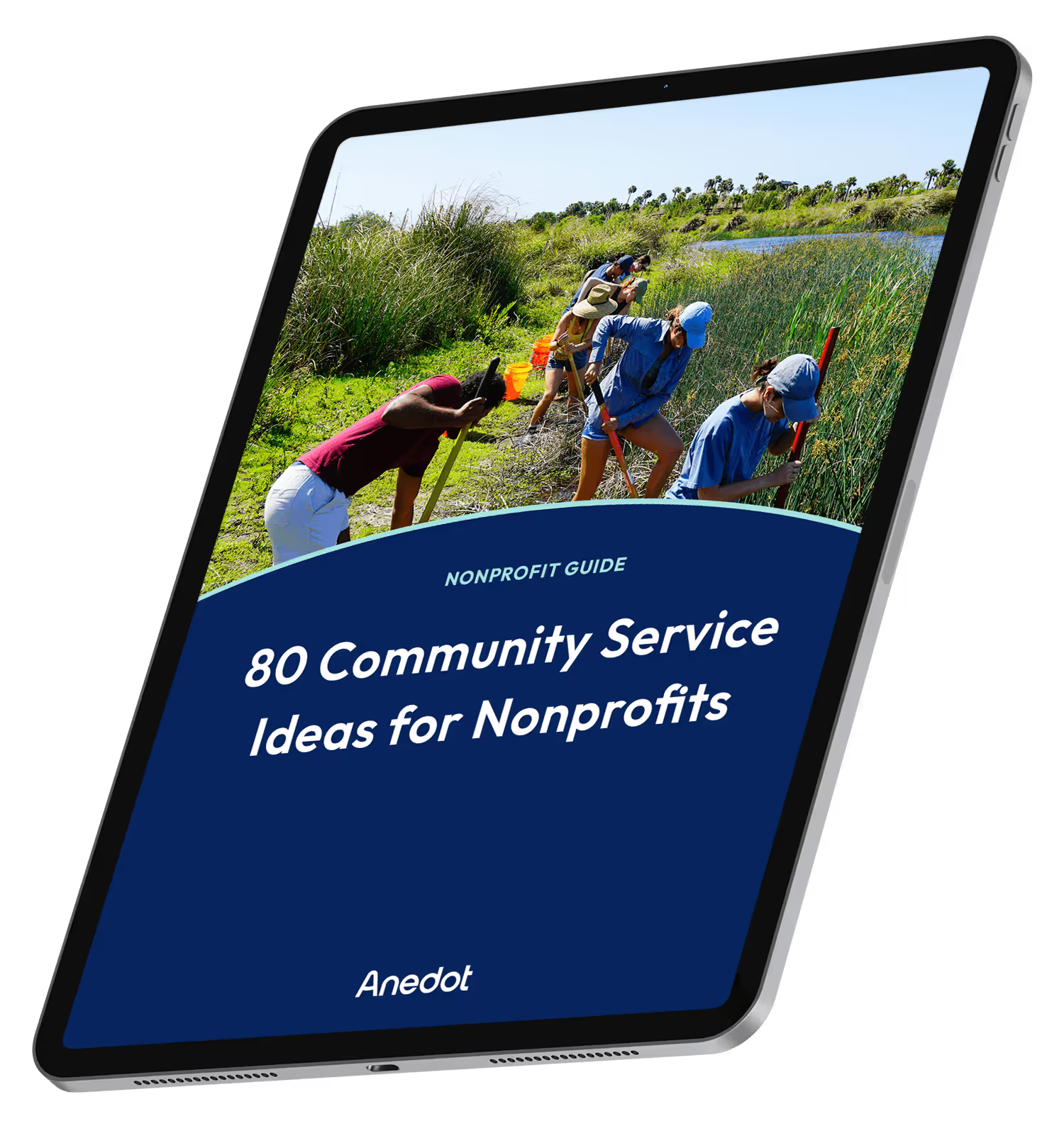
80 Community Service Ideas for Nonprofits

